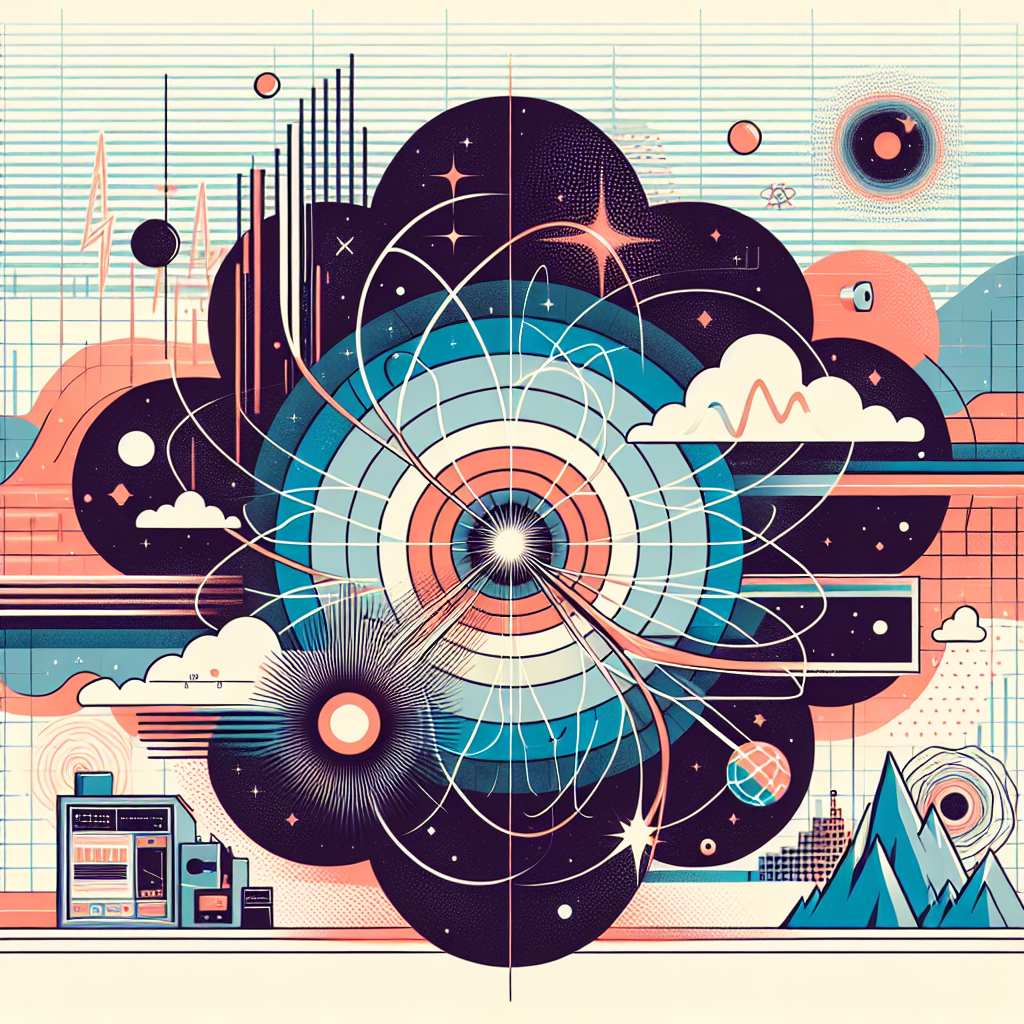
High-Energy Astrophysics
High-Energy Astrophysics studies celestial objects like stars and galaxies using energetic light. This light, like gamma rays and X-rays, is invisible to our eyes but can be detected with special instruments. This field seeks to understand high-energy events like supernovae, black holes, and cosmic rays; these are far more powerful than anything experienced on Earth. In short, it's a part of astrophysics focusing on the energetic phenomenon happening in the universe.
Additional Insights
-

High Energy Astrophysics is a branch of astrophysics focused on studying cosmic phenomena that emit large amounts of energy, such as black holes, neutron stars, supernovae, and gamma-ray bursts. Researchers use advanced telescopes and detectors to observe high-energy radiation, like X-rays and gamma rays, which can reveal the extreme conditions and processes happening in the universe. This field often overlaps with particle astrophysics, studying particles like cosmic rays, and astrophysical plasmas, where matter is in a charged, high-energy state. Together, these areas help us understand the fundamental laws of physics and the evolution of the cosmos.
-

High-energy astrophysics is the study of the universe's most energetic phenomena, such as black holes, neutron stars, and supernovae. It focuses on the extreme physical processes that occur in these objects, including intense gravitational forces and radiation. Researchers use various instruments, like X-ray and gamma-ray telescopes, to observe these high-energy events, helping us understand fundamental questions about the origins of the universe, the behavior of matter under extreme conditions, and the nature of space and time. This field reveals how cosmic forces shape the universe and influences the creation of elements essential for life.